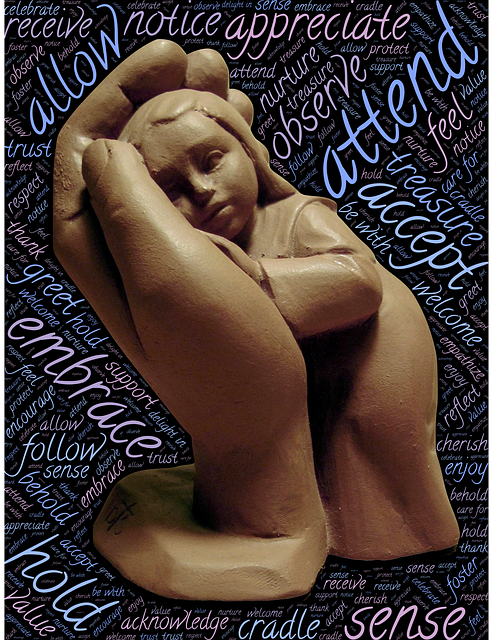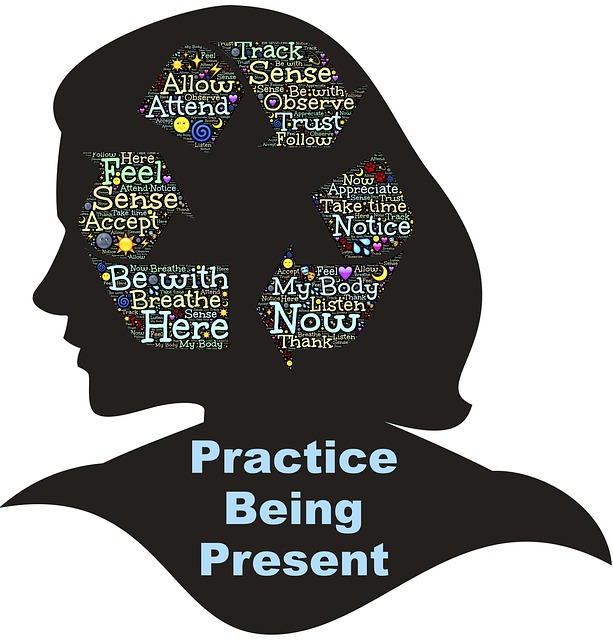In his presentation for the Mindfulness & Meditation Summit, Daniel Goleman discussed Altered Traits: The Benefits of Mindfulness for Leadership and Emotional Intelligence. In this discussion, he drew on research that he described with his co-author Richard Davidson in their new book, Altered Traits: Science Reveals How Meditation Changes Your Mind, Brain, and Body.
Daniel is the author of a number of other books including, Focus: The Hidden Driver of Excellence and Emotional Intelligence: Why It Can Matter More Than IQ.
In talking about the impact of mindfulness on leadership capability, Daniel drew on a select number of research articles used within his last co-authored book. These were articles that met the tests of rigorous research that he and Richard Davidson employed in their book.
He distinguished the results achieved for different levels of meditators – the beginners, the long-term meditators and the “Olympian” meditators (e.g. Buddhist monks and members of contemplative orders such as the Carmelite nuns and priests).
He contends from the associated research that the benefits of meditation deepen and broaden the longer and more frequently you engage in meditation practice.
However, beginner meditators can gain some benefits that positively impact leadership capability, whether directly or indirectly.
Some of these findings for beginner meditators are:
1. Ability to focus better
This outcome is the primary subject of his book, Focus. Because meditation involves focusing your mind on a particular object, person or activity, it naturally builds the capacity to maintain attention and restore attention when a distracting thought occurs. The resultant mental fitness is akin to physical fitness attained through exercise or gym work – instead of physical power or stamina, the meditator gains the power of concentration.
2. Better utilisation of working memory
Paying attention through meditation practice enhances short-term memory which enables better retention and utilisation of information, gained through perception, for the purpose of decision-making and guiding behaviour.
3. Handle stress better
Neuroscience shows that meditators are better able to handle stress because our automatic response via the amygdala is not triggered so readily and recovery is quicker – two elements that together determine resilience.
4.Growth in kindness and compassion
A well-established finding is that those who practice loving kindness/compassion meditation actually tune into others’ needs better and are more likely to help. These benefits are relatively immediate and kindness and compassion are seen increasingly as traits that define successful leaders.
Long-term meditators achieve greater and more sustainable benefits such as increased concentration ability, enhanced capacity to pick up on emotional cues because they are more able to be present to the other person, greater calming effects (felt emotionally and experienced biologically) and a higher-level capacity that is described as meta-awareness (the ability to observe our own thoughts and feelings).
As we grow in mindfulness through regular and sustained practice of different forms of meditation, we are able to build our leadership skills and capability which we can employ in any arena of our lives – be it work, home or community.
By Ron Passfield – Copyright (Creative Commons license, Attribution–Non Commercial–No Derivatives)
Image source: courtesy of MemoryCatcher on Pixabay









